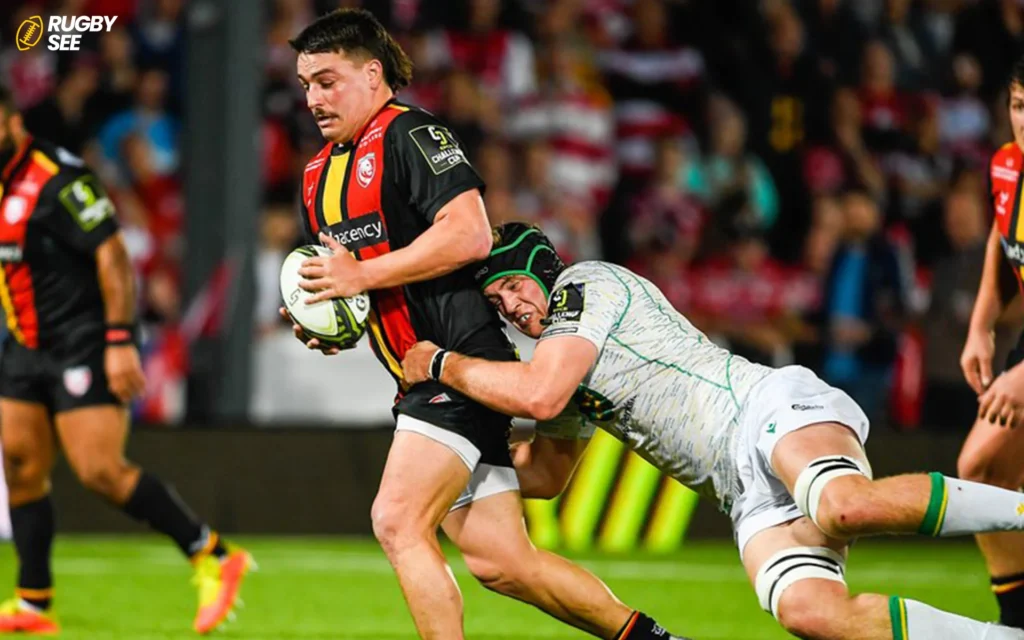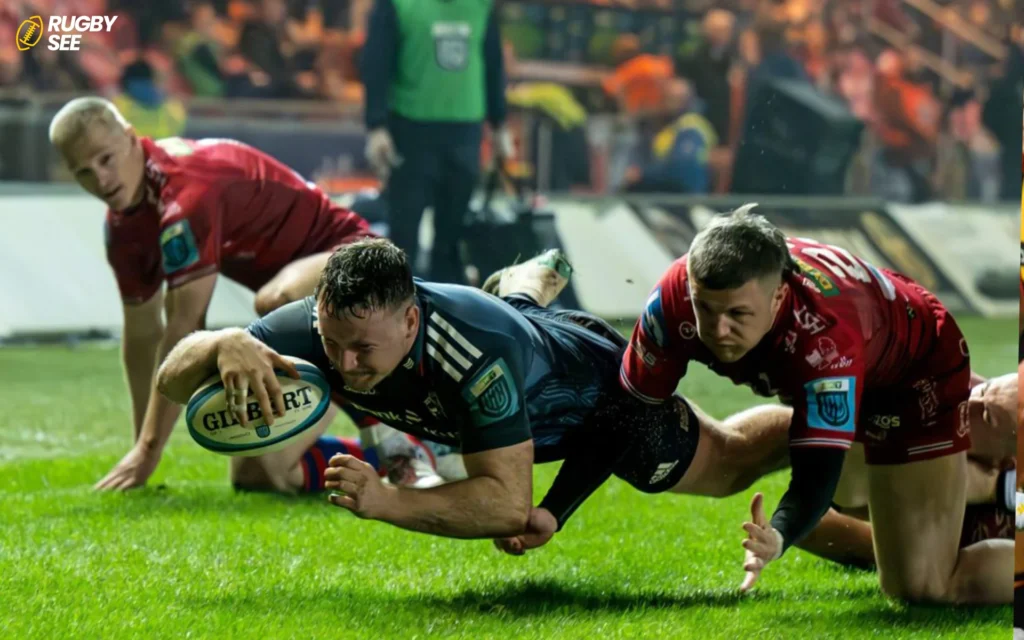When it comes to rugby, the distinctions between the Rugby League and Rugby Union extend beyond just the rules and gameplay; even the balls used in each code have subtle differences that affect how the games are played. Both versions of rugby require balls that are oval in shape, but the specifics of the design, size, and dimensions can vary, impacting the handling, kicking, and overall dynamics of the game.
Differences in Design
The rugby ball, in both League and Union, is an essential element that has evolved significantly since the early days of the sport. Initially, rugby balls were made from pig bladders and were more plum-shaped than today’s versions. As the game has modernized, so too have the materials and the shape of the ball.
Size and Dimensions
While both rugby balls are similar in size, there are slight differences:
- Rugby League Ball: It tends to be slightly smaller and more pointed at the ends. This design helps in making the ball easier to handle and pass, suiting the faster-paced, more tactical gameplay of the Rugby League. The dimensions are generally about 27 cm in length and 60 cm in circumference at its widest point.
- Rugby Union Ball: This ball is a bit larger and has a more pronounced oval shape. It is designed to be better suited for kicking, which is a more prevalent aspect of Rugby Union. The standard size is approximately 28.5 cm in length and 62 cm in circumference at the widest point.
Material and Grip
The material and surface texture of the balls also differ slightly:
- Rugby League Ball: The surface of a League ball often has a slightly more pronounced grip which facilitates better control during passing and catching at the high speeds characteristic of league matches.
- Rugby Union Ball: Union balls typically have a subtler grip that aids in secure handling and more accurate kicking.

Impact on the Game
The differences in the rugby balls may seem minor, but they are optimized for the specific needs of each version of rugby:
- In Rugby League: The ball’s smaller size and better grip support the game’s focus on ball handling and tactical plays. The shape helps players in making quick passes and moving the ball rapidly across the field.
- In Rugby Union: The slightly larger and heavier ball enhances the kicking game. The weight and size help players gain greater distance and accuracy in kicks, which are crucial for scoring in Union matches.
while Rugby League and Rugby Union balls are similar in many ways, the small variations in size, shape, and texture are critical to how each game is played. These differences allow players in each code to maximize their skills and strategies according to the unique demands of their sport. Understanding these differences is essential for players, as the right ball can significantly influence the outcome of the game and if you want to know about tall players place in Rugby read best rugby position for tall players.

Rugby, a sport known for its intensity and physicality, has two popular formats: Rugby League and Rugby Union. Each has its own set of rules, playing style, and even the ball, which while seemingly similar, are designed to enhance the specific playing style of each code.
Impact on the Game
Over the years, the rugby ball has undergone several changes to meet the demands of the sport. From the early days of using pig bladders, today’s rugby balls are technological marvels designed for performance.
Technical Specifications
- Rugby League Ball: This ball is streamlined for better aerodynamics. The length of the league ball typically ranges from 27 to 28 cm, and its ellipsoidal shape is more pronounced to facilitate easier handling and passing. This makes the ball less cumbersome and more reactive to fast-paced passing maneuvers.
- Rugby Union Ball: Union balls are designed with a greater emphasis on durability and stability in air, given the frequent and strategic kicks during the game. The size is slightly larger, usually around 28.5 to 30 cm in length, with a broader and more rounded middle to provide a sturdier grip for kicking.
Grip Technology
The grip on a rugby ball can greatly affect a player’s ability to hold, pass, and kick the ball under various weather conditions.
- Rugby League Ball: Typically features a deeper and more aggressive grip pattern. This is crucial as the ball needs to be controlled quickly and accurately during the rapid and frequent passing inherent in league gameplay.
- Rugby Union Ball: The grip here is designed to aid in the precision of kicks, with a slightly less aggressive pattern than the league ball but still providing sufficient traction for handling in scrums and lineouts.

Gameplay Impact
The nuanced differences in the rugby balls reflect the distinct strategies and skills emphasized in each code and if you want to know about Rugby and American Football ball read Which is bigger rugby ball or American football.
- Rugby League: The game emphasizes speed and agility, with players often needing to make quick passes under pressure. The smaller, more maneuverable ball design is ideal for the fast handling skills required in this high-paced environment.
- Rugby Union: With its strategic use of territory and position, Union gameplay benefits from a ball that aids in long-distance kicking and accurate passing. The larger, heavier ball maximizes these aspects, allowing players to execute game-changing kicks with greater control and power.
Understanding the subtle yet significant differences between Rugby League and Rugby Union balls is crucial for players and coaches alike. Each ball is tailored to complement the unique tactical elements and skills of its respective game. By optimizing the ball for specific actions, players can perform at their best, whether they are sprinting down the field in a League match or strategizing a long kick in a Union game.










